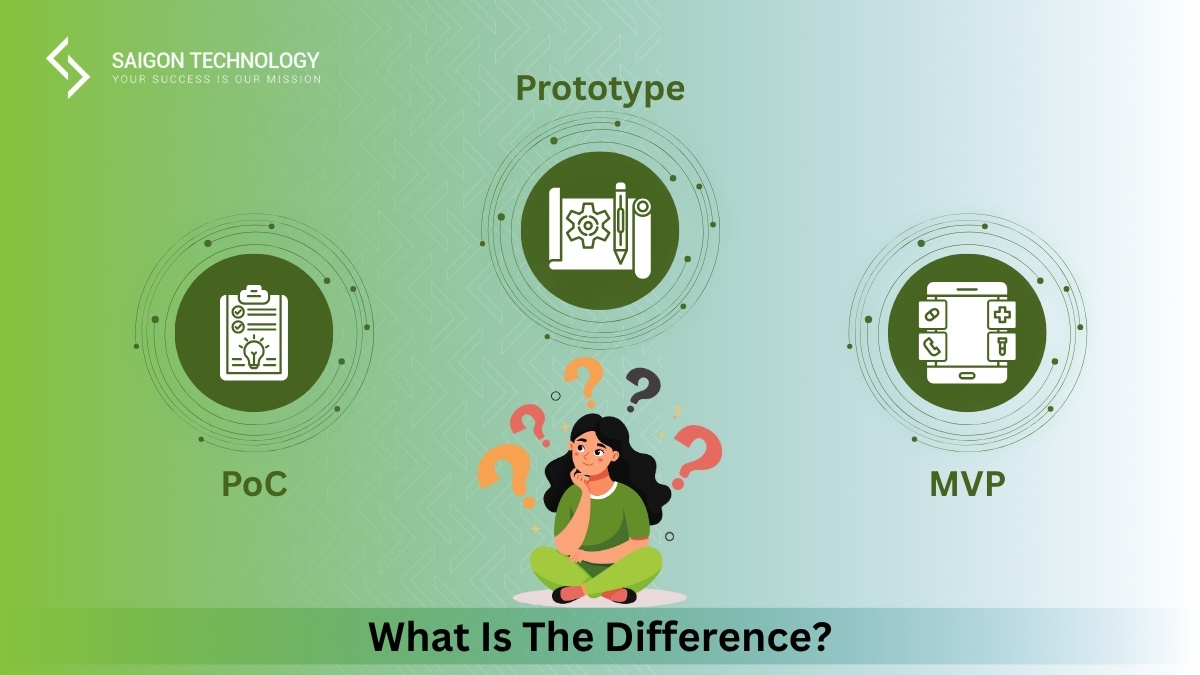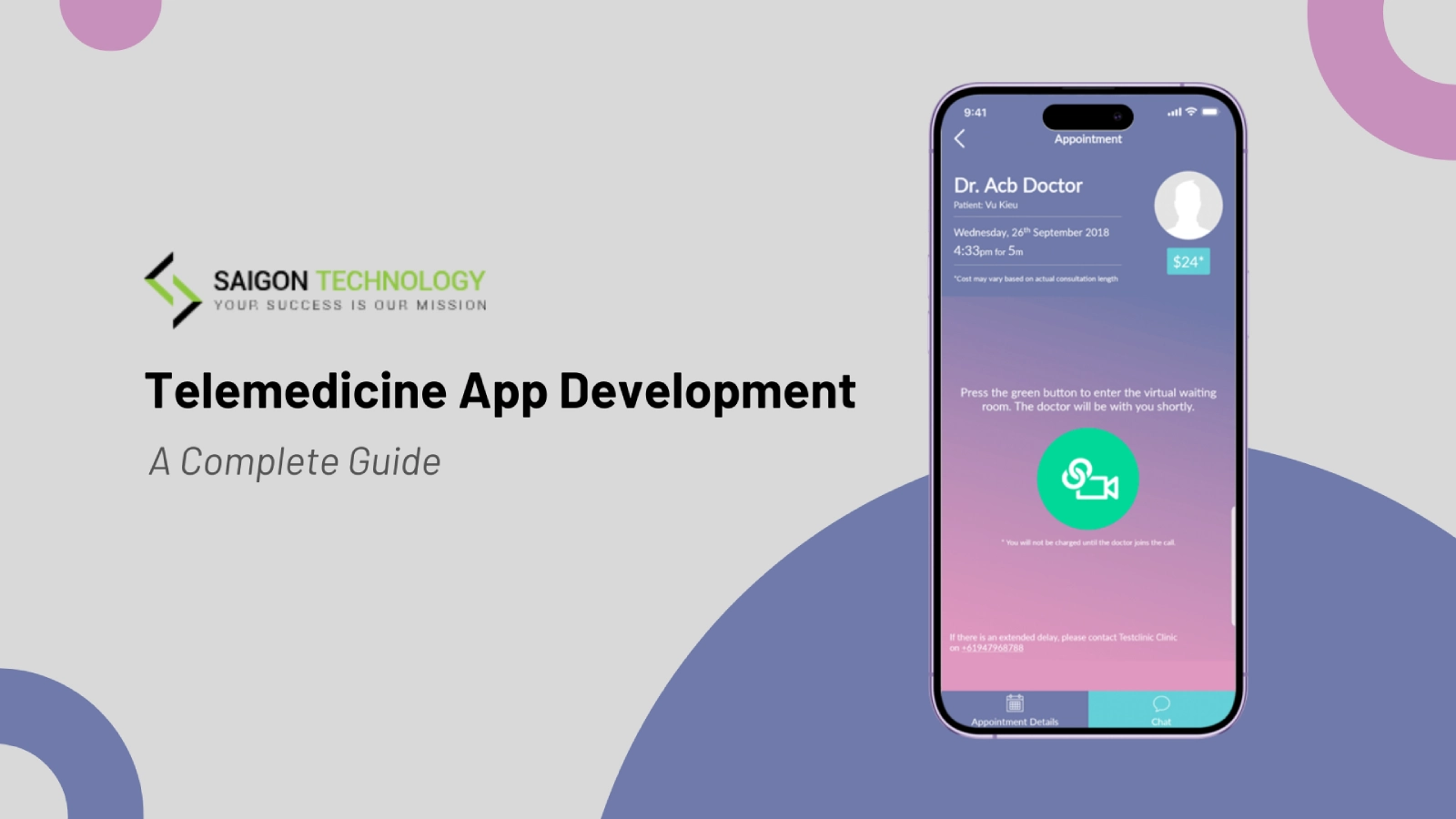When it comes to reducing costs, and increasing efficiency, Agile and DevOps are two critical elements. Agile development processes are designed to help software teams create high-quality products while minimizing the cost of production. The DevOps approach provides a more automated way of managing the delivery of applications and services, resulting in further cost savings throughout the lifecycle. By partnering with an offshore development company, you can leverage the benefits of both Agile and DevOps to reduce costs while improving your product’s performance.
Saigon Technology provides quality Agile offshore services by leveraging modern technologies and frameworks. We combine our expertise in Agile methodology and other fields to develop applications faster and at a lower cost than traditional software development methods. With our Agile development process, we are able to quickly deliver high-quality products that adhere to your budget and timeline.
1. Respond faster to priority changes
Under Agile development, teams can quickly respond to changes in customer needs or priorities. By being flexible and accommodating these changes, businesses can avoid having to restart the development process from scratch and associated costs.
By leveraging DevOps practices alongside Agile processes, teams can also ensure their applications are continuous monitoring and testing. This can help identify potential issues or problems early on, allowing for a quick resolution.
The ability to respond quickly and efficiently to customer needs or priority changes can ultimately save businesses time and money by avoiding costly delays or production issues. With this combination, we can deliver high-quality products within your budget and timeline.
At Saigon Technology, our teams are well-versed in Agile and DevOps processes and can help you with your software development needs. Contact us today and find out how we can help reduce costs.
2. Streamline communication & reduce miscommunications
Agile process helps improve communication between team members and departments, which allows for a more productive working environment. By using the Agile approach, teams can break down complex tasks into manageable pieces and share progress regularly. This helps ensure that everyone is on the same page and can quickly respond to any changes in priority or customer needs.
DevOps practices streamline communication by automating testing, deployment, and monitoring processes. Automation eliminates the need for manual involvement, reducing the potential for miscommunications. This allows teams to quickly and efficiently respond to customer needs or priority changes with minimal disruption
At Saigon Technology, our teams are highly trained in Agile, and other processes and have experience working within complex project structures. With their help, you can be sure that your software project will be completed on time and with minimal miscommunications.
3. Deliver minimally viable solutions for enhanced speed to the market
Agile development enables teams to deliver minimally viable solutions in shorter timeframes and at a fraction of the cost. By breaking down the project into smaller components, teams can build, test and deploy features quickly while maintaining product quality throughout the process. This allows businesses to market their products or services faster and generate revenue sooner.
By leveraging these practices, teams can automate the backend processes associated with software development, such as testing and deployment. This helps reduce manual errors while also speeding up the time to market, allowing businesses to gain a competitive edge in their respective industries.
4. Enable teams to collaborate more effectively
With Agile, teams can collaborate more effectively on tasks and projects. Teams are broken up into smaller, cross-functional teams that can work more quickly on tasks. This collaboration helps foster creativity and innovation while also speeding up the development process.
By leveraging DevOps practices and Agile processes, teams can ensure their applications are continuously monitored and tested for potential bugs or errors. This helps create a smoother development process and can reduce the associated costs of fixing or correcting issues later on.
5. Leverage feedback to make course corrections
Agile development processes allow teams to gather customer feedback and make necessary course corrections quickly. This helps minimize the costs associated with errors and will enable teams to be more Agile. By leveraging feedback and making corrections as needed, teams can avoid costly delays that could occur with traditional development processes.
6. Establish continuous testing and test-driven development
Continuous testing also allows teams to identify and address issues, reducing development costs quickly. By running tests regularly, teams can detect any problems earlier on and take action to fix them before they become more costly or time-consuming. This helps ensure the quality of the code being released and reduces the overall expenses associated with software development.
Using a test-driven development process is one of the most effective ways to reduce costs with Agile. By testing code frequently and early in the development cycle, teams can catch mistakes earlier and prevent costly delays or production issues. This ensures that only high-quality code is released, resulting in a better product for customers and more business cost savings.
7. Use automation to free DevOps teams
Automation is one of the primary ways to reduce costs with Agile and DevOps. Automation can free up valuable resources, allowing their teams to focus their efforts on meaningful projects that add value to the business instead of mundane and repetitive tasks. Automating processes like builds and deployments eliminates manual labor, reduces errors, and helps to ensure consistency and reliability. Automation also helps to speed up the development process, ultimately leading to cost savings in both time and money.
8. Optimize the development process
Agile teams can optimize the software development process by focusing on what is most important and avoiding unnecessary tasks. This allows them to deliver high-quality products within your budget and timeline. By optimizing the development process, teams can eliminate waste and maximize cost savings.
Wrapping Up
Overall, leveraging Agile and DevOps processes can help businesses reduce costs by streamlining communication, enhancing decision-making, and quickly responding to customer needs. At Saigon Technology, our experienced professionals are knowledgeable in both practices and are ready to help you every step of the way. Reach out to us today and learn how to reduce costs with Agile development processes.











